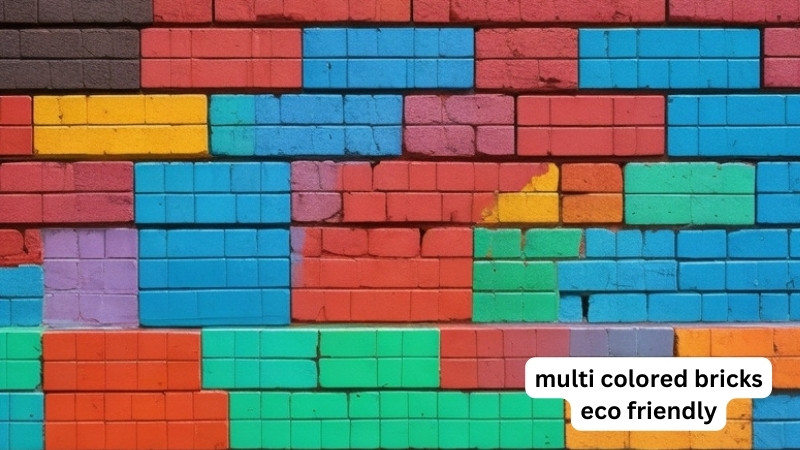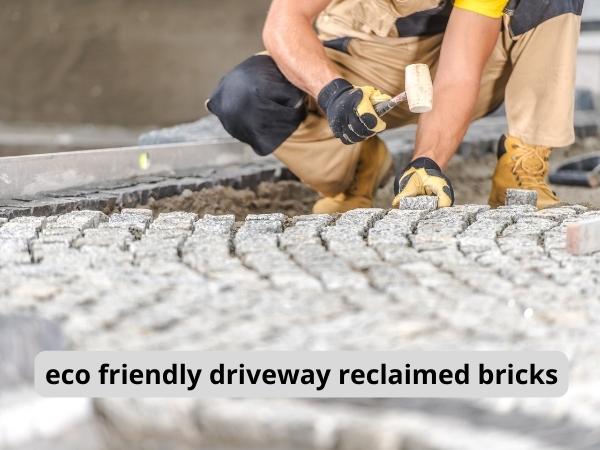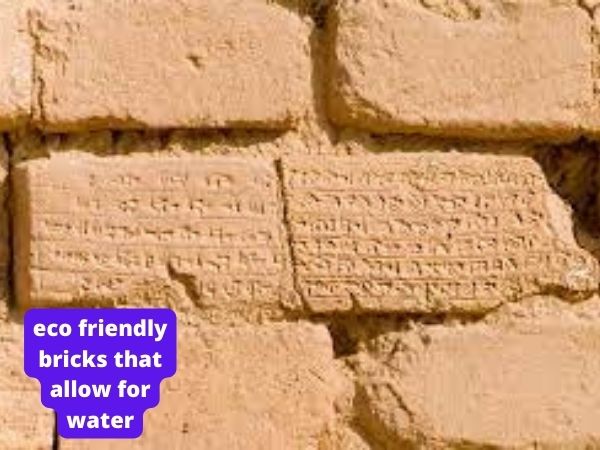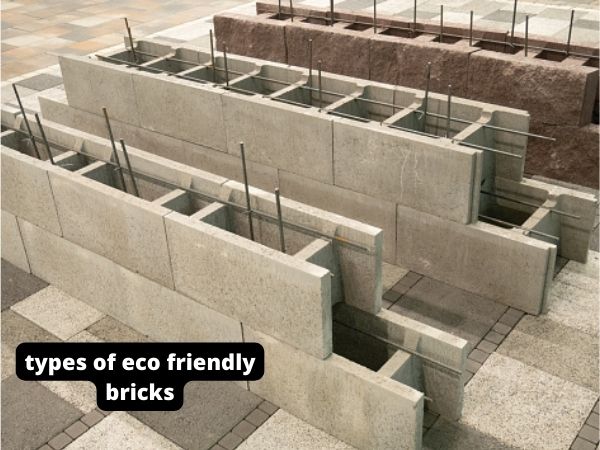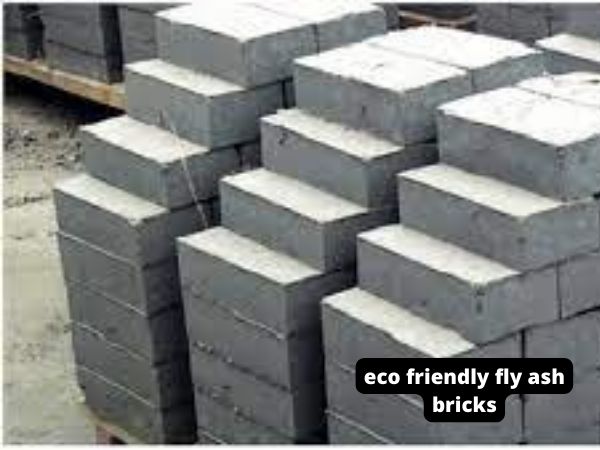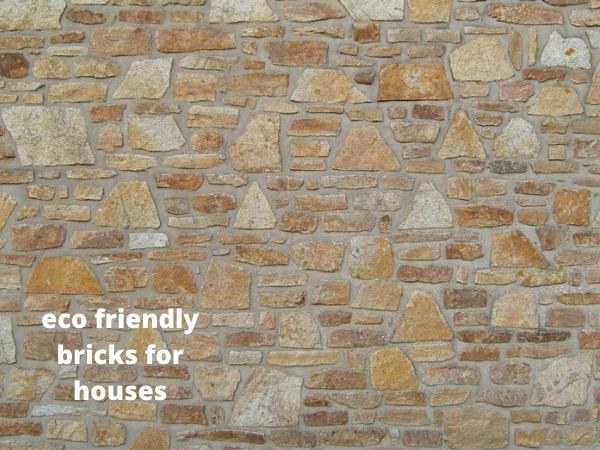multi colored bricks eco friendly
Today we discuss multi colored bricks eco friendly. In the ever-growing quest for construction materials that are kind to the environment, the rise of multi-colored bricks as a favored option is undeniable.
These bricks have managed to capture the attention of architects and builders alike, not only for their visually appealing properties but also for their significant contribution to sustainable architecture.
With their vibrant hues and unique patterns, multi-colored bricks have become a symbol of creativity and innovation in the construction industry. But what exactly makes these bricks eco-friendly? In this article, we aim to answer five frequently asked questions about multi-colored bricks and shed light on their numerous benefits for the environment.
multi-colored bricks eco-friendly: Solution for Sustainable Construction
Superior Durability and Longevity:
Multi-colored bricks are renowned for their exceptional durability and longevity, making them an ideal choice for sustainable construction.
These bricks are manufactured using high-quality materials, typically clay or cement, which are known for their ability to withstand the test of time.
This inherent durability reduces the need for frequent maintenance and costly repairs, resulting in less waste production and an overall lower environmental impact.
Furthermore, their vibrant hues and varied patterns remain unaffected by exposure to weather, ensuring that the quality and aesthetic appeal of the building are preserved over the years.
By choosing multi-colored bricks, homeowners and builders are investing in a sustainable solution that will endure for generations, minimizing waste and resource consumption associated with regular renovations.
Energy Efficiency and Thermal Insulation:
One of the key advantages of using multi-colored bricks in eco-friendly construction is their excellent thermal insulating properties. Unlike conventional bricks, which absorb and conduct heat, multi-colored bricks act as a natural barrier, reducing heat transfer between the interior and exterior of the building. This results in significant energy savings by minimizing the demand for artificial heating and cooling systems.
The thermal insulating qualities of multi-colored bricks promote a more comfortable indoor environment throughout the year. During the hot summer months, they help keep the interior cool by preventing excess heat from entering the building. In contrast, during the colder seasons, they retain warmth, reducing the need for extensive heating.
By reducing dependency on heating and cooling systems, the use of multi-colored bricks is an effective way to lower energy consumption and, consequently, reduce carbon emissions. This eco-friendly feature benefits both the environment and homeowners’ wallets by lowering energy bills and fostering a sustainable lifestyle.
Versatile and Sustainable Design
Multi-colored bricks offer limitless design options, making them a versatile choice for eco-friendly construction projects. With an array of colors, textures, and sizes available, builders and architects can explore creative design possibilities while maintaining a commitment to sustainability.
In sustainable design, multi-colored bricks can be used to create visually appealing patterns, accents, or feature walls that enhance the aesthetic appeal of a building. The vibrant colors can complement the natural surroundings or create a striking contrast, adding character to the structure.
Moreover, multi-colored bricks can be incorporated into various architectural styles, including modern, traditional, or eclectic designs. This versatility allows builders to integrate sustainable elements seamlessly, ensuring that eco-friendly construction practices are not limited to a specific aesthetic.
Furthermore, multi-colored bricks are often sourced from sustainable and recycled materials. Some manufacturers prioritize using reclaimed materials or incorporate post-industrial waste, reducing the need for new resources. By choosing multi-colored bricks, builders can contribute to the circular economy and reduce the demand for virgin materials, thus minimizing their environmental impact.
Faqs for multi colored bricks eco friendly:
Multi-colored bricks are a new trend in eco-friendly construction. They are manufactured using a blend of recycled materials such as glass, clay, concrete, and other waste by-products, eliminating the need for new resources. These bricks come in various colors, giving buildings a unique and vibrant appearance.
By utilizing recycled materials, multi-colored bricks help reduce the impact on the environment.
The production process consumes significantly less energy and natural resources compared to traditional brick manufacturing.
Additionally, these bricks reduce waste by repurposing materials that would otherwise end up in landfills.
Yes, multi-colored bricks can enhance energy efficiency in buildings. The materials used in their manufacture possess superior insulation properties, improving thermal performance.
This means that buildings constructed with multi-colored bricks can maintain a more stable temperature, reducing the need for excessive heating or cooling.
Consequently, energy consumption for climate control can be significantly reduced, leading to cost savings and a lower carbon footprint.
Absolutely! Multi-colored bricks are known for their durability and longevity. The combination of recycled materials enhances their resistance to weathering, erosion, and structural damage.
These bricks are designed to withstand harsh climatic conditions, ensuring that the buildings constructed with them will remain sturdy for years to come.
Yes, one of the key advantages of using multi-colored bricks is their recyclability. If, in the future, buildings constructed with these bricks are demolished, the bricks themselves can be recycled once again.
Instead of ending up in landfills, they can be crushed and used as aggregate for creating new bricks or other construction materials. This creates a closed-loop system, minimizing waste and maximizing resource efficiency.
Conclusion:
Multi-colored bricks have become a popular choice for eco-friendly construction due to their unique appearance and sustainable attributes. By utilizing recycled materials and offering energy efficiency, durability, and recyclability, these bricks contribute positively to the environment.
